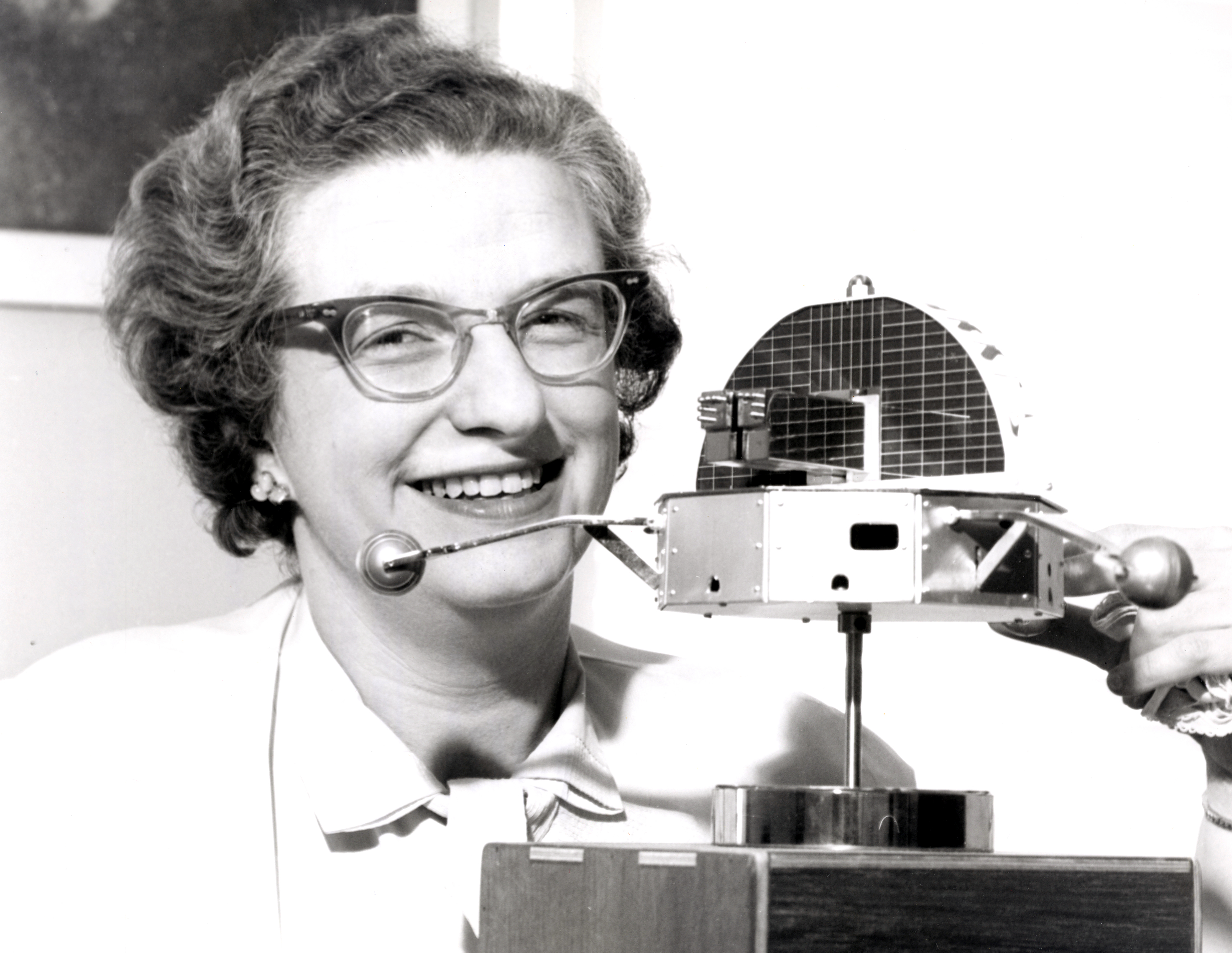
This Week in Rocket History is the first dedicated solar astronomy satellite, OSO-1.
Orbiting Solar Observatory 1, also known as OSO-1, was launched on March 7, 1962, on a Thor-Delta rocket, a direct ancestor of the Delta II rocket which was only recently retired in 2018. The roughly 200-kilogram spacecraft was inserted into a circular orbit at 530 by 510 kilometers, inclined 32.8 degrees to the equator.
Before the OSO satellites, which would eventually number eight, the Sun could only be studied indirectly through its effects on the Earth. OSO-1 was the first satellite designed to perform extended observations of the Sun from above the Earth’s atmosphere. The OSO project was led by Nancy Grace Roman who was the new Chief of Astronomy at NASA — the same Nancy Grace Roman for whom an upcoming space telescope has been named.
Observing the Sun directly and comparing it to historic data was hoped to allow for an explanation of its effects on Earth’s atmosphere and also reveal new discoveries on purely solar effects. OSO-1 was the first of eight satellites that would observe the Sun during a complete 11-year solar cycle.
We take it for granted today that satellites have onboard recorders to allow data to be captured and downlinked to a ground station later. In the early 1960s, however, this was not the case. Satellites then could only send back data in real-time while they were over a ground station, which meant that data collected during the parts of the orbit not over a ground station was lost. OSO-1 changed this by being the first satellite to have onboard data tape recorders to store data. This meant that data from parts of the orbit not over a ground station could be downlinked later when it was over a ground station.
OSO-1 was also the first satellite to have a stabilized platform that allowed it to constantly observe the Sun with an accuracy of plus or minus one arc second or 1/60th of a degree.
The satellite had two groups of instruments on it: those that were directly observing the Sun and those that did not need to be pointed at the Sun, such as detectors for gamma rays and other charged particles. The platform holding the instruments not looking at the Sun actually spun at thirty revolutions per minute or once every two seconds.
Another challenge for the satellite was the fact that, because it was observing the Sun, it had heat issues that the engineers solved by using special paints applied to the back of the platform with the solar instruments on it and polishing surfaces on other parts of the spacecraft to allow them to reflect the sunlight rather than absorb it.
Before launch, the satellite was known as OSO-A, but upon reaching orbit, it was given the designation OSO-1, a naming convention that is still used for families of satellites launched by the U.S. government.
Before the tape recorders failed in May 1962, OSO’s spectrometer observed thirty solar flares and measured almost 6,000 spectra. The spacecraft collected high-energy electron flux from space until the Starfish Prime exo-atmospheric (space) nuclear test in July 1962 saturated all but the lowest level of the detectors.
However, the failure of the recorders wasn’t the end of its mission. It continued to return data using real-time downlinks until May 1964, when OSO-1’s batteries finally gave up. Not bad for a spacecraft designed to last only six months. It re-entered the Earth’s atmosphere in 1981.
The success of OSO-1 allowed NASA Goddard’s astronomy team, led by Nancy Grace Roman, to consider more and more advanced space telescopes, starting with the Orbiting Astronomical Observatory series which looked at distant stars, and many others including Hubble and JWST.
More Information
OSO 1 (NASA)
OSO 1 Experiment Search Results (NASA)
OSO 1 (NASA GSFC)
BOOK: Orbiting Solar Observatory Satellite OSO-1 The Project Summary (Scribd)




 Join the Crew!
Join the Crew!
 Escape Velocity Space News
Escape Velocity Space News
0 Comments